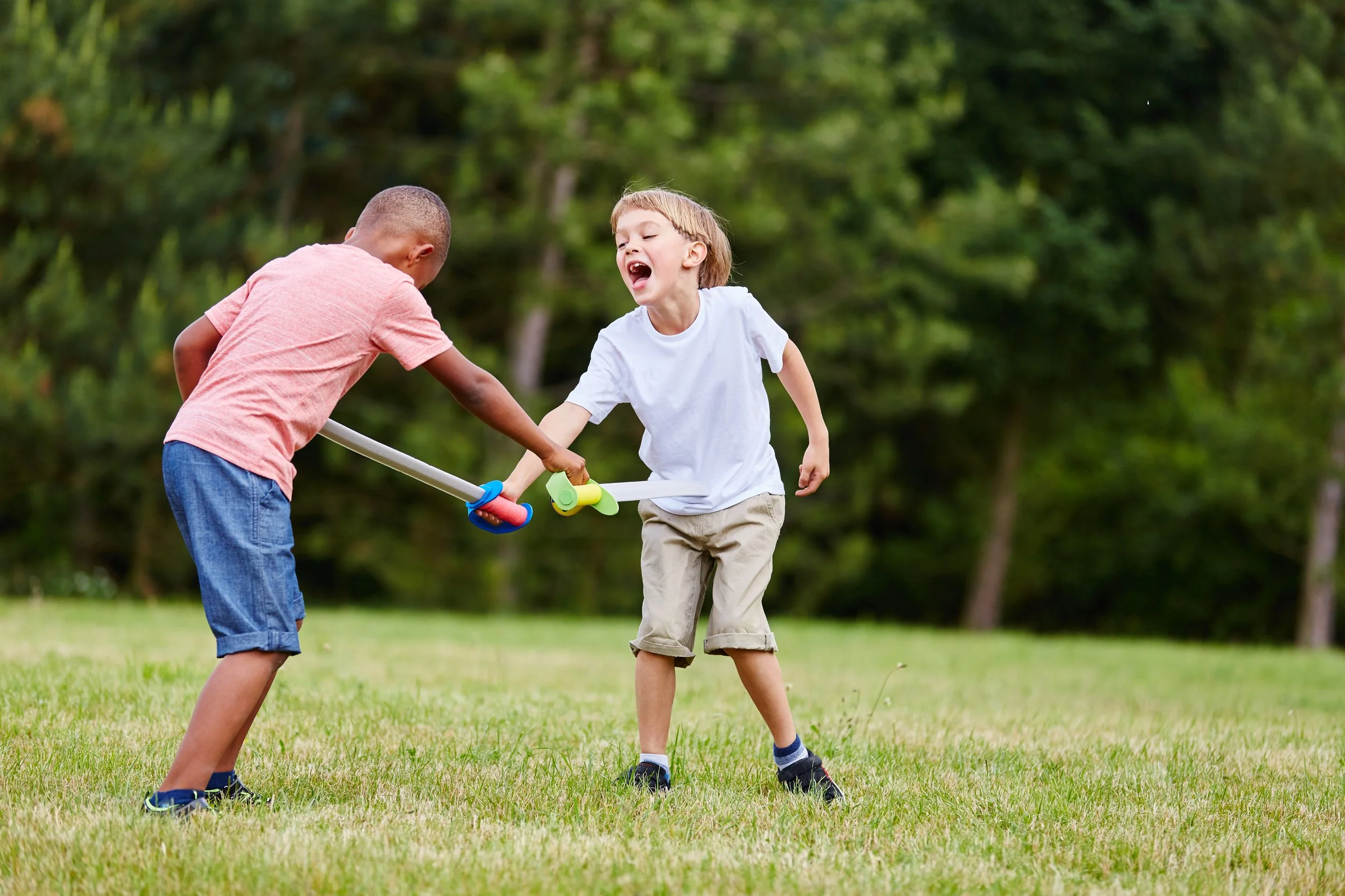In 2018, at the first Transform Challenging Behavior Online Conference, I had the absolute pleasure of interviewing Mike Huber, author of Embracing Rough and Tumble Play.
WOW did I learn a lot!
These days, MANY (most?) programs don’t allow “rough and tumble play” inside or even outside.
And, it’s no small thing to ask you or your administrators to consider changing that…even though the benefits of rough and tumble play are well researched, well documented, and many.
SO, I won’t ask that of you. (Though I’ve got big respect for anyone who decides to learn more and consider it - administrators and directors: I’m looking at you!)
What I do ask, is that all early childhood educators stop relating to wrestling and rough and tumble play as challenging behavior.
Rough and tumble play, pretend fighting, or wrestling is NOT challenging behavior.
Now, if you have a rule forbidding this type of play then you may find it challenging when children try to engage in it but it’s not aggression, it’s not “defiance”, it’s not bad, or a problem in and of itself.
However, when you remind children that this type of play is not allowed you may end up (with the best of intentions) inadvertently escalating things to the point of aggression…children might ignore you…keep doing it, etc so it will certainly seem at that point that you have some “challenging behavior” on your hands.
But, it’s not the children’s fault that we live in a world that increasingly doesn’t value and recognize the benefits of rough and tumble play!
So, what I ask is that when you tell children to stop wrestling, redirect them, or remind them of the rule that you do it with a calm confidence that conveys you expect them to listen (I always recommend this) AND in a way that validates their desire to wrestle and roll around.
How might you relate to this type of play and their desire for it neutrally? Something that makes perfect sense as a desire but just not something permitted at school.
Think of it this way: what’s something you like to do that isn’t inherently bad, but just isn’t allowed in certain places in the world? How can you do your rule-reminding or redirection with that spirit?
Like, in New York City there are certain bars where - last I checked - it’s forbidden to dance because the establishment would need a different license to allow for dancing.
Yoga studios that don’t allow shoes.
Parks that don’t let you camp - you can only spend the day.
Driving on the left side of the road in the US and driving on the right side of the road in many other countries - we’ve got strict rules for which one is ok where.
Dancing, wearing shoes, wanting to sleep/camp in a park, or driving on a particular side of the road are not inherently bad or wrong, right? I think we can all agree on that.
Yet, some places don’t allow these things!
Let’s relate to young children’s desire for wrestling, rolling on top of one another, or engaging in “rough and tumble” play in a similar spirit. Maybe it’s not allowed in your classroom or on your center’s playground. But the desire is 100% ok.
Curious about the benefits of rough and tumble play and how pretend fighting and wrestling, and rolling around and rough and tumble are activities where children actually learn self-regulation skills?
Tune in next week for that!
In the meantime let me know if your center allows wrestling/rough and tumble with a simple yes/no in the comments below!
ps - Can’t wait till next week to hear about the benefits of rough and tumble play?
Check out this Redleaf Press Youtube Video with Embracing Rough and Tumble Play author, Mike Huber (he covers so much in just 4 minutes!)

